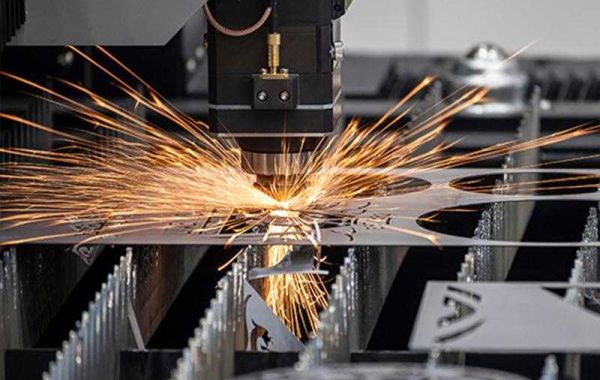Since the earliest Mesopotamians, forging service, a method of shaping metal that employs compressive, localized forces, has been a mainstay of metal manufacture. Forging has undergone major improvements since it first emerged in the fertile crescent, making it a more effective, quick, and durable technique. This is due to the fact that forging is now typically carried out using forging presses or hammering equipment that is powered by electricity, hydraulics, or compressed air. Carbon steel, alloy steel, microalloy steel, stainless steel, aluminum, and titanium are a few of the frequently utilized forging materials.
What is the purpose of forging?
The purpose of forging is to create metal parts. Compared to other manufacturing methods, metal forging produces some of the sturdiest manufactured parts available. As metal is heated and pressed, minor cracks are sealed, and any empty spaces in the metal close.
The hot forging process also breaks up impurities in the metal and redistributes such material across the metalwork. This vastly reduces inclusions in the forged part. Inclusions are compound materials implanted inside steel throughout manufacturing that cause stress points in the final forged parts.
While impurities should be managed during the initial casting process, forging further refines the metal.
Another way that forging strengthens metal is by alternating its grain structure, which is the metal material's grain flow as it deforms. Through forging, a favorable grain structure can be created, making the forged metal sturdier.
The forging process is highly multipurpose and can be used on small parts just a few inches in size to large components that weigh up to 700,000 lbs. It is used to produce critical aircraft parts and transportation equipment. Forging is also used to fortify hand tools such as chisels, rivets, screws, and bolts.








